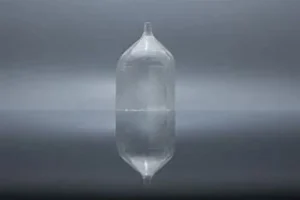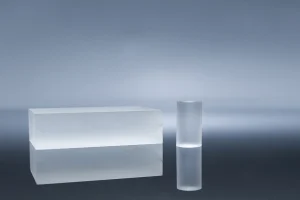Introduction
In the world of ultrafast lasers, two giants stand tall: Titanium-doped Sapphire (Ti:Sapphire) and Chromium-doped Lithium Strontium Aluminum Fluoride (Cr:LiSAF). Both have established their dominance as preferred mediums for laser crystal production, each boasting impressive specifications and applications. This article seeks to dissect these two competing titans, evaluating their performance in various parameters, such as pulse duration, repetition rate, tunability, and their specific uses in femtosecond spectroscopy and multiphoton microscopy.
Understanding Laser Crystals
Before diving into our comparison, let’s establish a foundational understanding of laser crystals. These solid-state materials are doped with ions that can emit light when excited. This principle is the core of laser operations and the crucial factor in the production of ultrafast laser pulses.
Deep Dive into Titanium-Doped Sapphire (Ti:Sapphire)
Building upon the exceptional features of the Ti:Sapphire laser crystal, its unique qualities truly set it apart in the realm of ultrafast pulse generation. The superior performance of Ti:Sapphire in ultrafast laser applications largely owes to the unique interaction between the sapphire host crystal and the titanium dopant ions.
Sapphire, a crystalline form of aluminum oxide, possesses superb thermal properties. With a high thermal conductivity, it efficiently dissipates heat generated during lasing operations, reducing thermal lensing effects and improving overall laser performance. It is this property that allows the Ti:Sapphire crystal to maintain stability even when subjected to high pump powers, thus facilitating the generation of high-energy pulses. Additionally, the hardness of the sapphire crystal provides excellent mechanical stability, further enhancing the durability of Ti:Sapphire lasers.
On the other hand, titanium ions, when embedded into the sapphire lattice, offer broad emission bandwidths. This broad emission spectrum is central to the generation of ultrafast pulses. The titanium ions are capable of rapidly emitting the energy they absorb, leading to the generation of short pulses. These ions also exhibit a large Stark splitting, meaning they have a broad range of energy levels available for transitions. This characteristic accounts for the broad tunability of Ti:Sapphire, allowing it to produce light across a wide range of wavelengths.
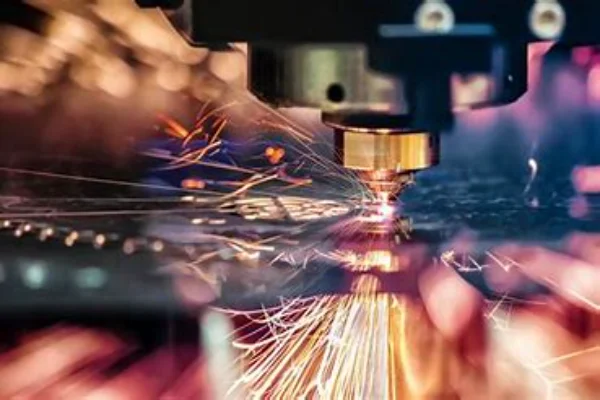
The synergy between the high thermal conductivity of sapphire and the broad emission bandwidth of titanium ions underpins the Ti:Sapphire’s capability to generate ultrafast pulses. Pulses shorter than one picosecond are achievable due to the large phase space provided by the broad emission bandwidth, facilitating mode-locking – a mechanism critical to ultrafast pulse generation.
The exceptional repetition rate of Ti:Sapphire lasers, reaching hundreds of MHz, can be attributed to the low quantum defect of the titanium ions. The energy difference between the absorbed pump light and the emitted laser light is small, which minimizes heat generation and allows for high repetition rates without risking thermal damage to the crystal.
A further exploration of the broad tunability of Ti:Sapphire lasers sheds light on its versatility across numerous applications. The emission spectrum of Ti:Sapphire, spanning from about 650 nm to 1100 nm, covers the near-infrared and a portion of the visible spectrum. This comprehensive coverage means that Ti:Sapphire lasers can be used for applications that require different wavelengths, from telecommunications and environmental sensing to biomedical imaging and ultrafast spectroscopy.
In biomedical applications, for instance, Ti:Sapphire’s broad tunability is leveraged for multiphoton microscopy. This technique is invaluable for imaging deep into biological tissues, where the absorption and scattering of light are issues. By tuning the laser to longer wavelengths, multiphoton microscopy with Ti:Sapphire can penetrate deeper into tissues while minimizing photodamage, leading to higher-quality images.
In summary, the Ti:Sapphire laser crystal, with its robust thermal and mechanical stability, broad emission bandwidth, ultrafast pulse generation, high repetition rates, and extensive tunability, has proven itself to be an instrumental tool in various fields. Its widespread adoption underlines its superior qualities and its potential for unlocking new frontiers in ultrafast laser applications. From the study of ultrafast phenomena in physics, chemistry, and biology to technological innovations in communication and healthcare, Ti:Sapphire continues to shape our world in profound ways.
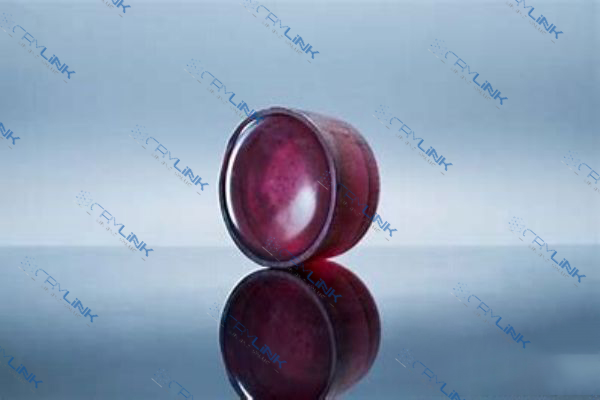
Diving into Chromium-doped Lithium Strontium Aluminum Fluoride (Cr:LiSAF)
The compelling attributes of Cr:LiSAF crystals, their relative newcomer status, and their promise in providing a worthy alternative to Ti:Sapphire make them an interesting topic of discussion. The journey of Cr:LiSAF starts from its synthesis, where chromium ions are carefully introduced into the Lithium Strontium Aluminum Fluoride (LiSAF) crystal. This results in a lasing medium that combines the positive aspects of both the host crystal and the dopant.
Cr:LiSAF’s host crystal has a low phonon energy, which is beneficial for reducing non-radiative decay and thereby enhancing the efficiency of the laser crystal. The lower lasing threshold of Cr:LiSAF compared to Ti:Sapphire is a direct consequence of this property, allowing for laser operation at lower pump powers. This feature is of particular importance in applications where available pump power is limited or where minimal heat generation is crucial.
The Chromium ions introduced into the LiSAF crystal bring their unique attributes to the table. Like Titanium ions in Ti:Sapphire, Chromium ions in Cr:LiSAF also have a broad emission spectrum, which enables the generation of short pulses. However, their emission spectrum is somewhat narrower, typically spanning from 780 nm to 920 nm. Despite being less broad compared to Ti:Sapphire, this range is sufficiently wide for many applications, making Cr:LiSAF a versatile ultrafast laser source.
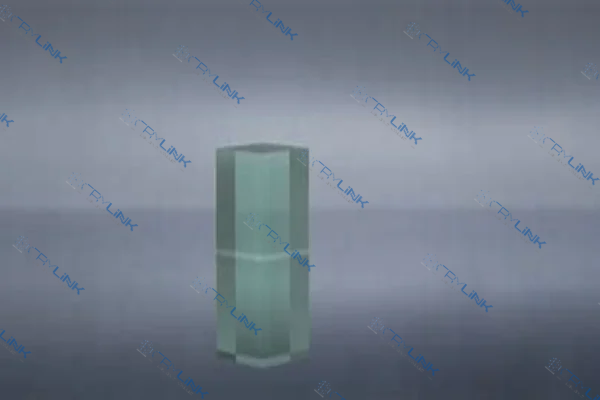
Cr:LiSAF can generate short pulses of a few picoseconds and repetition rates reaching tens of MHz. This performance is largely due to the efficient absorption and rapid emission of the Chromium ions. The efficient absorption ensures that a significant portion of the pump light is converted into laser light, while the rapid emission enables the generation of short pulses. The efficient energy conversion also contributes to the lower lasing threshold of Cr:LiSAF, as less energy is required to achieve population inversion and initiate lasing.
In applications where the pulse duration and repetition rate requirements are not as stringent as those requiring Ti:Sapphire, Cr:LiSAF offers a cost-effective and efficient alternative. For instance, in time-resolved spectroscopy, where the temporal resolution is typically on the order of picoseconds, Cr:LiSAF’s pulse performance is more than sufficient. The lower lasing threshold of Cr:LiSAF also means less heat generation, which can be beneficial in applications where thermal management is a concern.
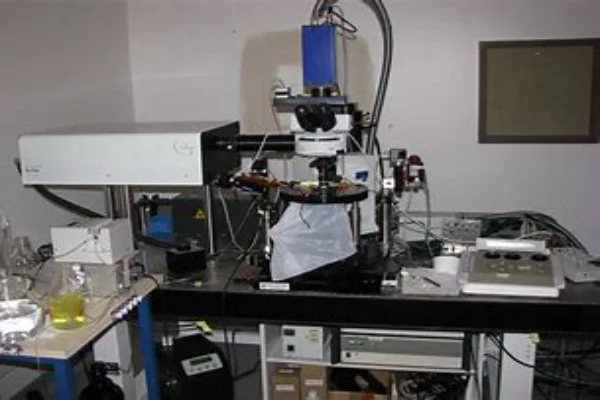
Despite its narrower tunability range compared to Ti:Sapphire, Cr:LiSAF’s tunability is sufficient for many applications. Its emission spectrum covers a significant portion of the near-infrared region, which is critical for applications like telecommunications and biomedical imaging.
Furthermore, the combination of lower lasing threshold, short pulse generation, and wide tunability makes Cr:LiSAF a compelling choice for ultrafast laser applications. Whether it’s providing the pulse source for optical communication systems, driving experiments in ultrafast spectroscopy, or delivering the excitation light for multiphoton microscopy, Cr:LiSAF continues to demonstrate its value in the field of ultrafast lasers.
To sum it up, Cr:LiSAF’s performance as an efficient, versatile ultrafast laser crystal is no less impressive. Its lower lasing threshold, sufficient pulse performance, and wide tunability collectively contribute to its broad adoption in various applications. Although it may not match Ti:Sapphire in some areas, Cr:LiSAF brings a unique blend of features to the table, making it an invaluable tool in ultrafast laser technology.
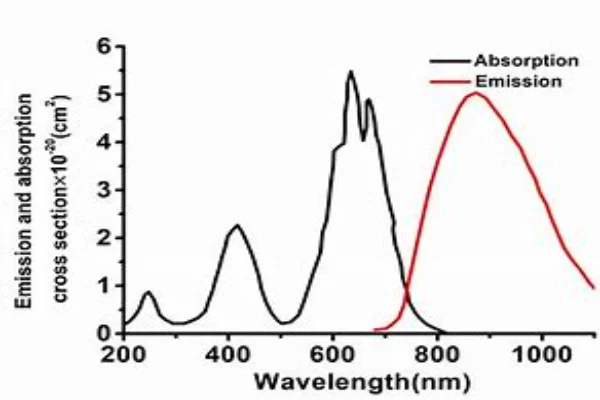
Application in Femtosecond Spectroscopy
Femtosecond spectroscopy is a powerful technique for studying ultrafast chemical and physical processes. With its ultrafast pulse duration and high repetition rate, Ti:Sapphire has become the laser crystal of choice in this field. However, Cr:LiSAF, with its competitive pulse properties, also finds use in some specific applications, such as in time-resolved spectroscopy.
Application in Multiphoton Microscopy
Multiphoton microscopy, a technique used to image biological samples, demands a balance between pulse duration, repetition rate, and tunability. Both Ti:Sapphire and Cr:LiSAF offer unique advantages here. The broader tunability of Ti:Sapphire allows for a wider range of observable biological phenomena, while the lower lasing threshold of Cr:LiSAF can be an advantage in applications where sample damage is a concern.
Conclusion
The choice between Ti:Sapphire and Cr:LiSAF hinges upon the specific application and its demands. While Ti:Sapphire leads in tunability and ultrafast pulse generation, Cr:LiSAF offers a compelling alternative with its lower lasing threshold and sufficient pulse properties. In ultrafast pulse generation, the right laser crystal is determined by the specifics of your application.
FAQs
- 1. What is an ultrafast laser?
- Ultrafast lasers are a type of laser that produces pulses with durations between picoseconds (10^-12 seconds) and femtoseconds (10^-15 seconds).
- 2. Why is tunability important in laser crystals?
- Tunability refers to the range of wavelengths that a laser can produce. A broader tunability allows a laser to be used in a wider range of applications.
- 3. How does the pulse duration affect the performance of a laser?
- Shorter pulse durations allow for higher precision in applications such as spectroscopy and microscopy, enabling the study of ultrafast processes.
- 4. What is multiphoton microscopy?
- Multiphoton microscopy is a technique that uses lasers to produce images of biological samples, allowing for the study of cellular processes.
- 5. How does the repetition rate influence the performance of a laser?
- A higher repetition rate allows for a faster rate of data acquisition, improving the efficiency of techniques such as spectroscopy and microscopy.


